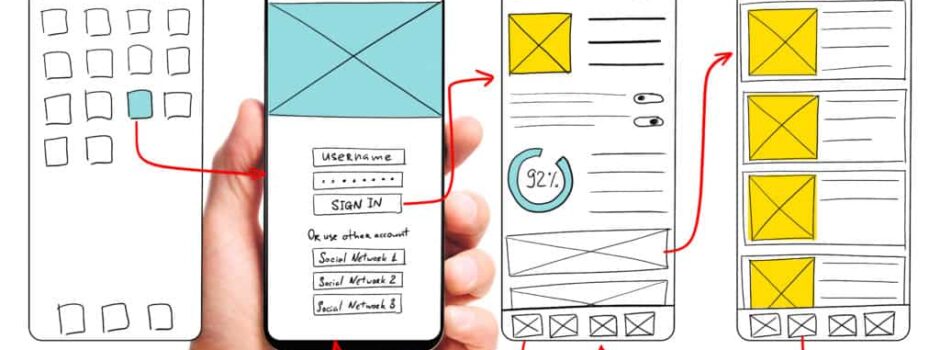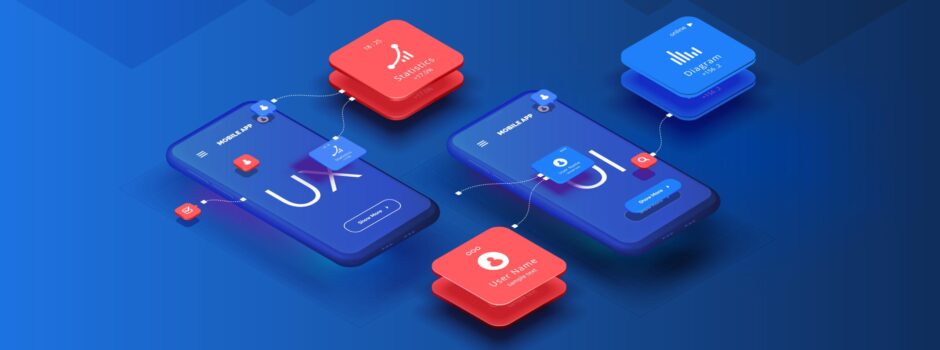
UX and UI trends
Businesses must keep pace with emerging UX and UI trends as digital transformation takes place. In this post, you will discover some of the most important digital UI/UX trends that will have a big impact on software development in the coming years.
If your organization or business is looking to implement new software or update its existing applications, it’s essential to understand the latest UI UX trends 2023 in order to take advantage of them and build a better product as a result. Let’s take a look!
AI-based User Experience Design
AI-based User Experience Design
As machine learning and AI technologies become more sophisticated, it is likely that we will see an increasing number of AI-based user experience (UX) design tools that will help businesses create more effective websites and apps. While the focus of today’s most popular UX design tools is on visual design and creating user flows, AI-enabled UX tools will focus on end-to-end functionality and making sure that everything works seamlessly together.
What this means is that businesses will be able to implement user experience best practices right from the start and ensure that their products meet user expectations. This will make it easier to iterate and improve UX design as users provide feedback and data, and solve customer problems before they happen.
Responsive UX Design
With the increasing number of users accessing websites and apps via their mobile devices, organizations have had to shift their focus to mobile-first design. Mobile-first design means designing websites and apps for mobile devices first and then building the same functionality for desktop devices.
This shift has meant that organizations have had to adopt responsive design principles that allow their websites and apps to scale to different screen sizes and be readily available on all devices. In the future, we will see businesses go one step further and focus on context-first design that will provide the optimal user experience, regardless of the device being used. What this means is that businesses will need to focus more on their users’ context and the situation in which they are using the application or website.
For a while now, virtual reality (VR) and augmented reality (AR) have been around, but in 2019, these technologies will become more accessible and economical and be used more broadly. We will use these technologies in a range of fields, including healthcare, education, and retail.
Virtual and Augmented Reality
Virtual reality is a computer-generated simulation of an immersive environment, whereas augmented reality is a real-world scene that has been augmented with computer-generated sensory input such as sound, video, graphics, and other sensory input. As AR and VR technologies become accessible to businesses, they will enhance customer experiences by providing immersive experiences. In addition to marketing, people have used AR and VR technologies for training and development, product design and testing, and customer care.

